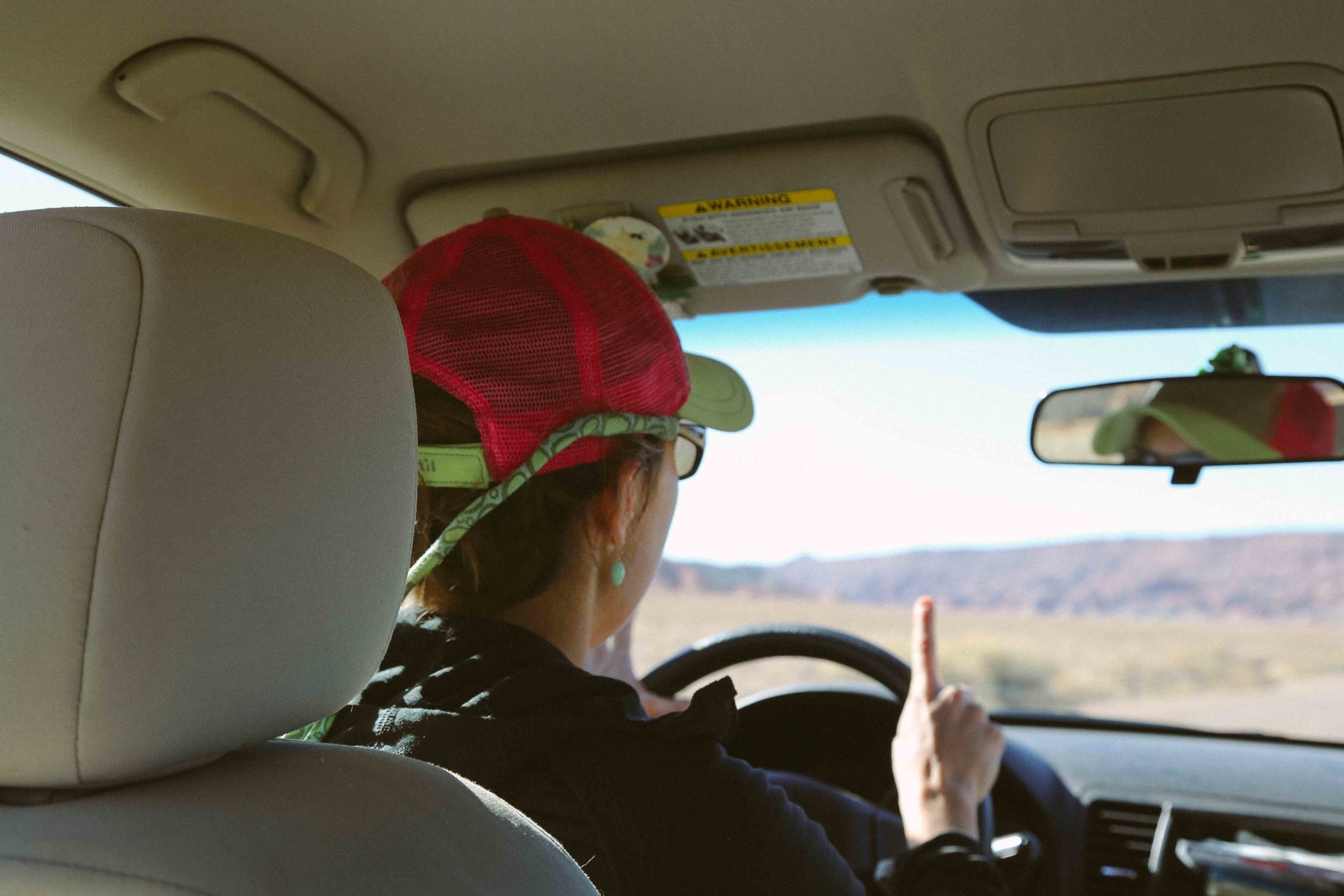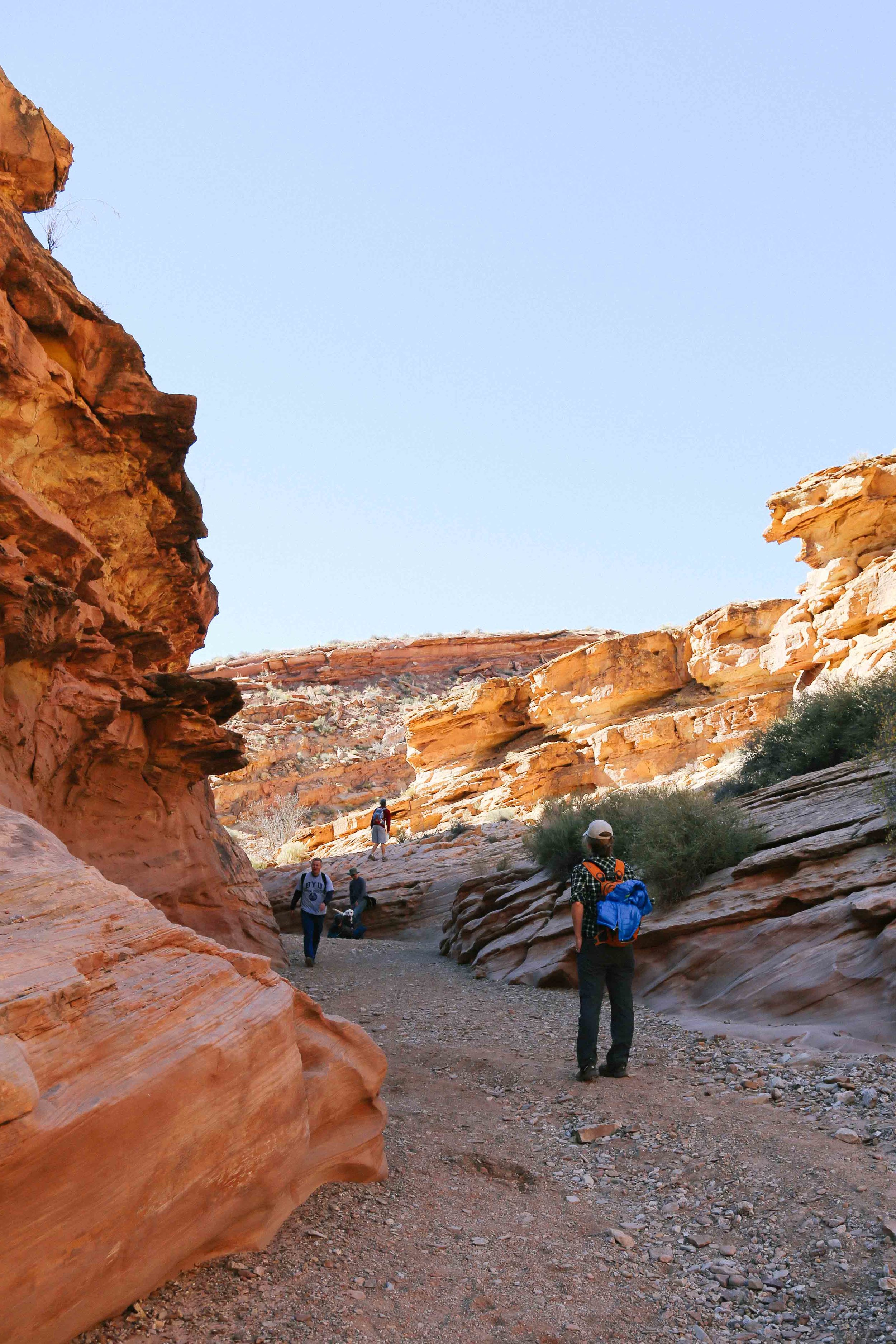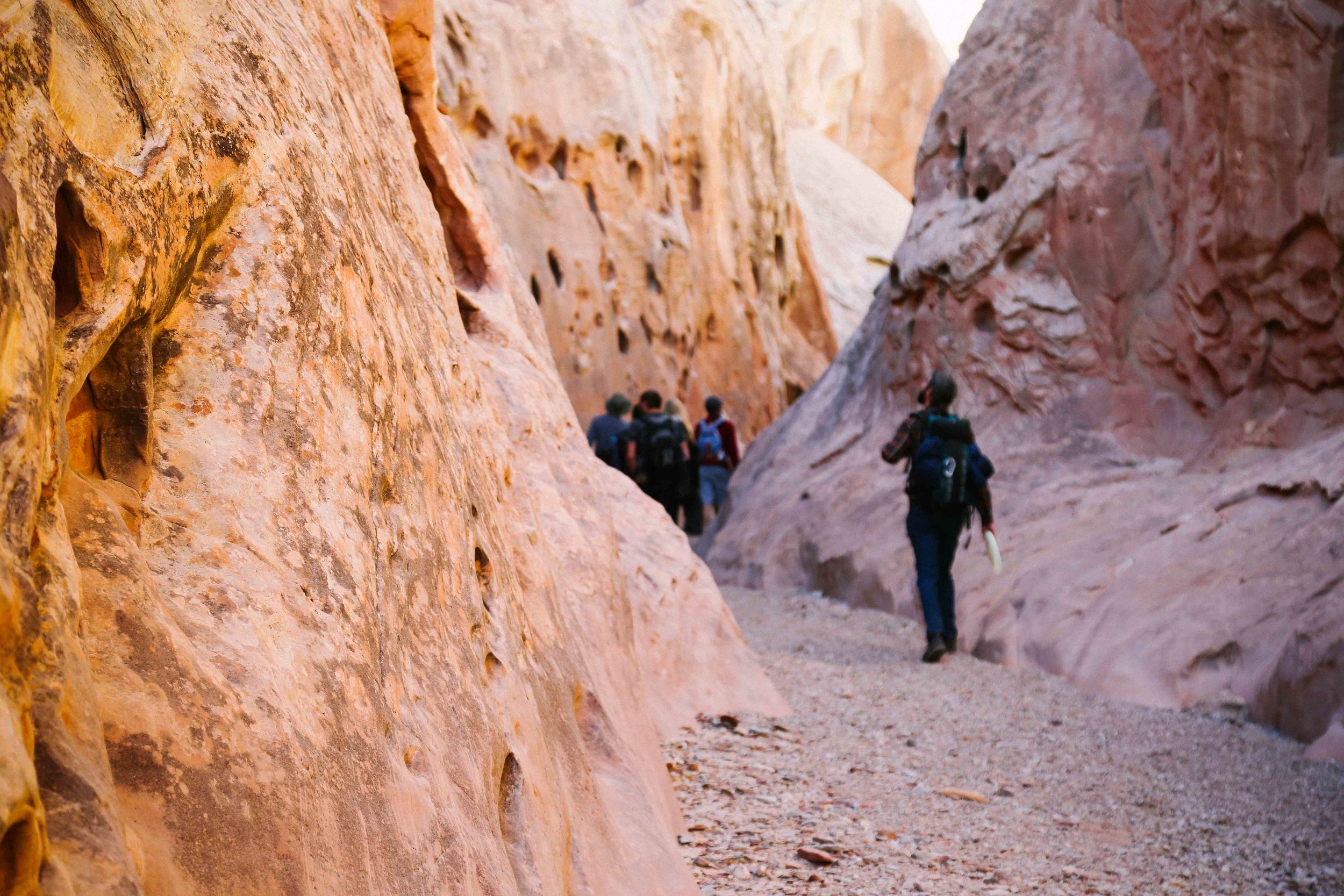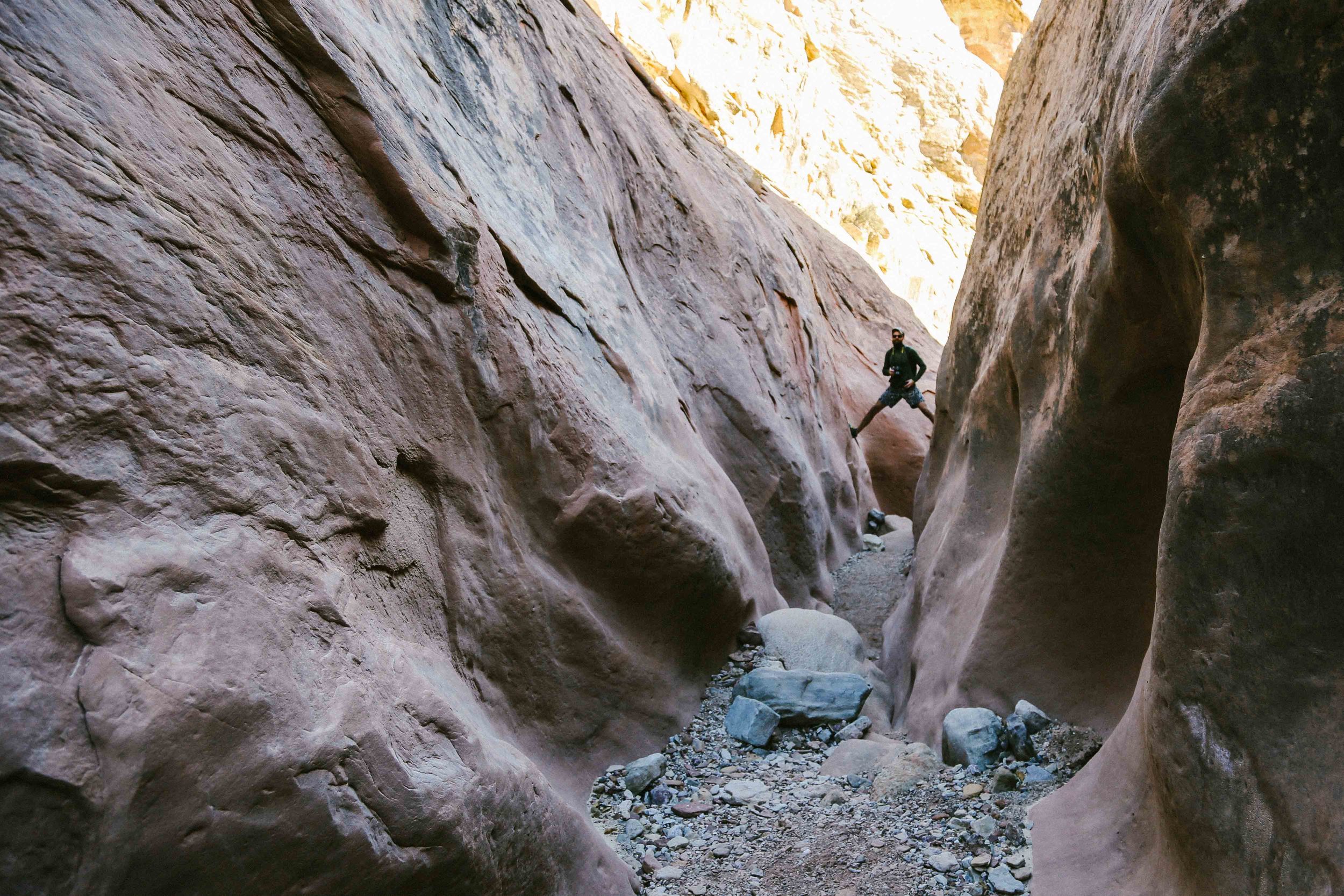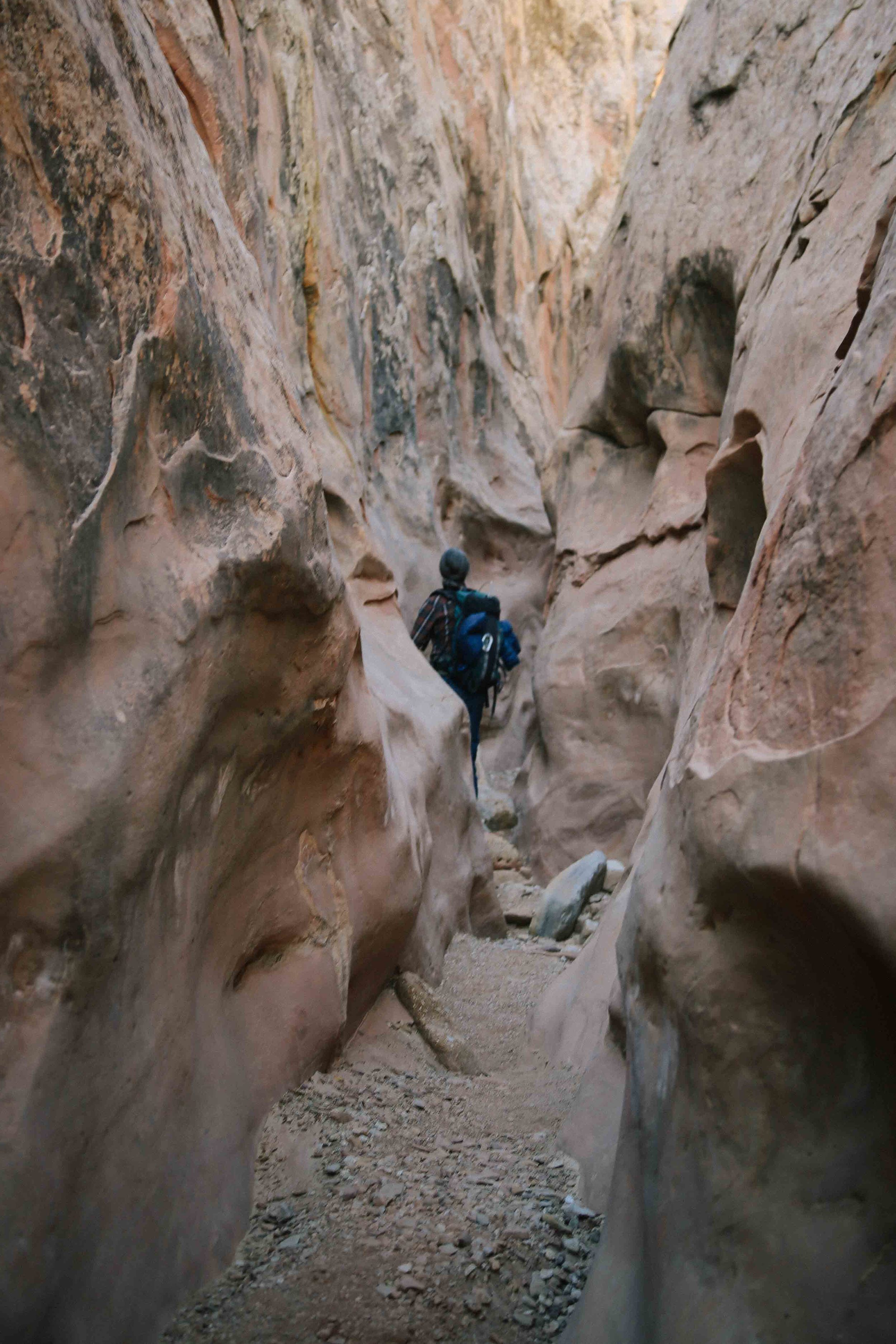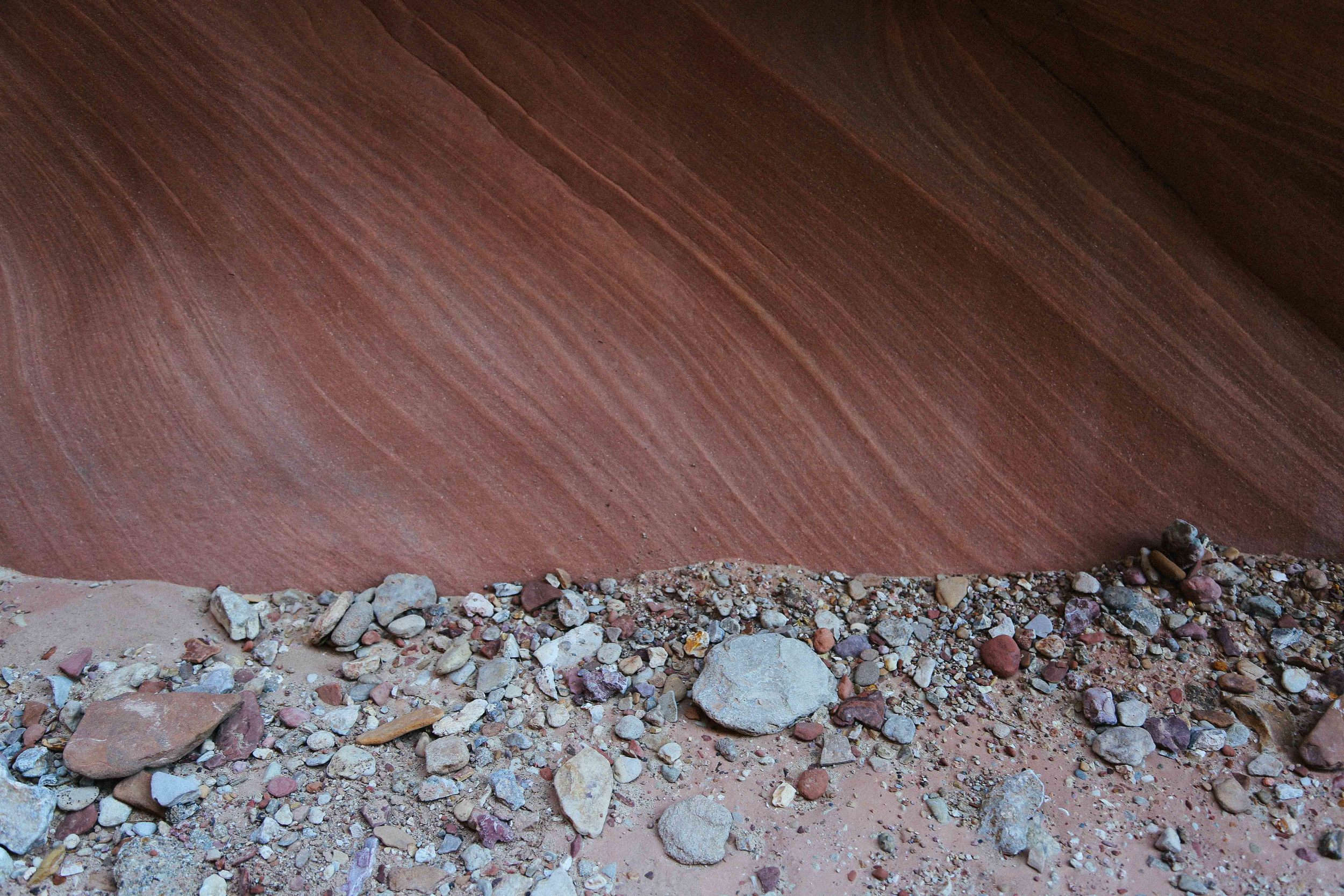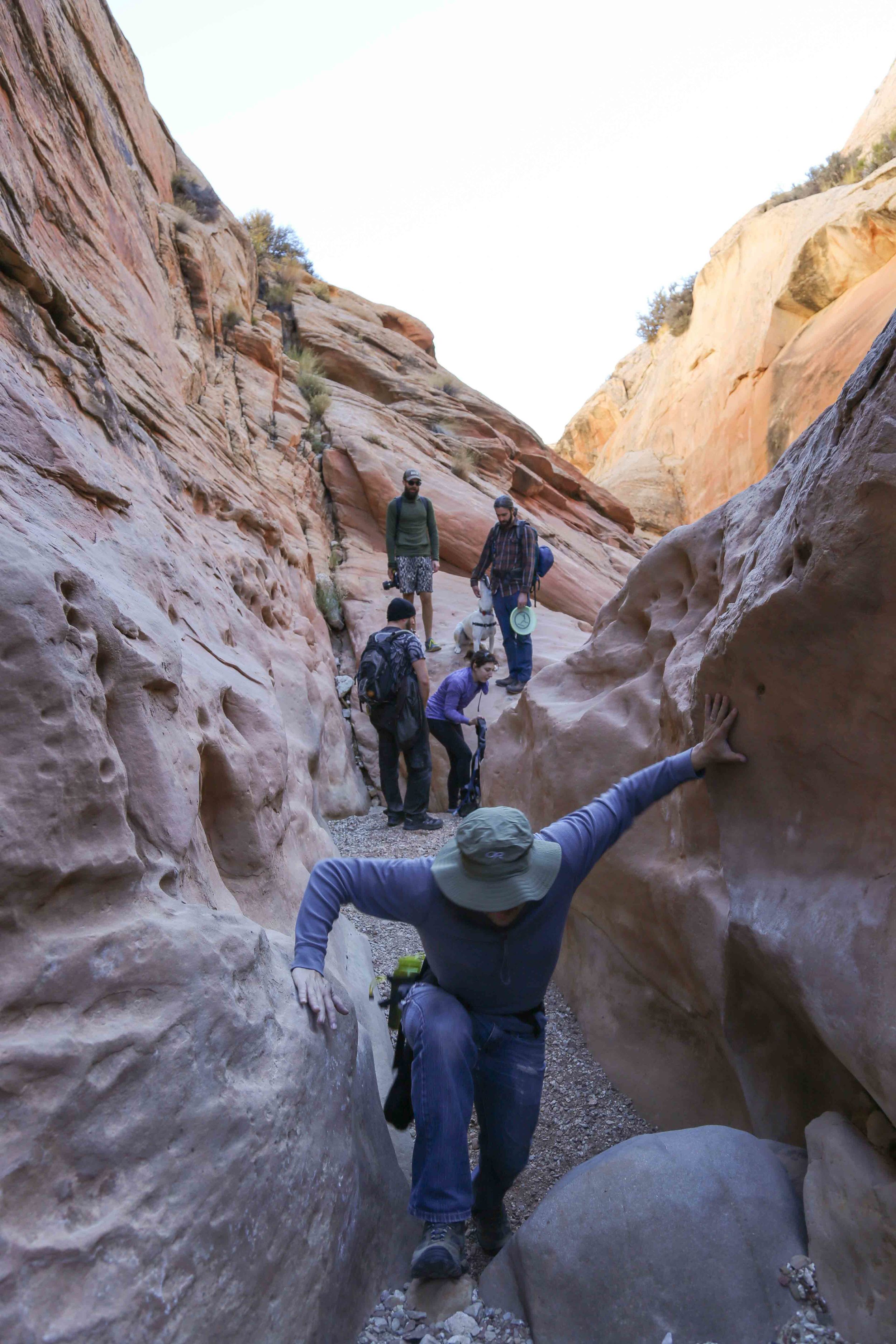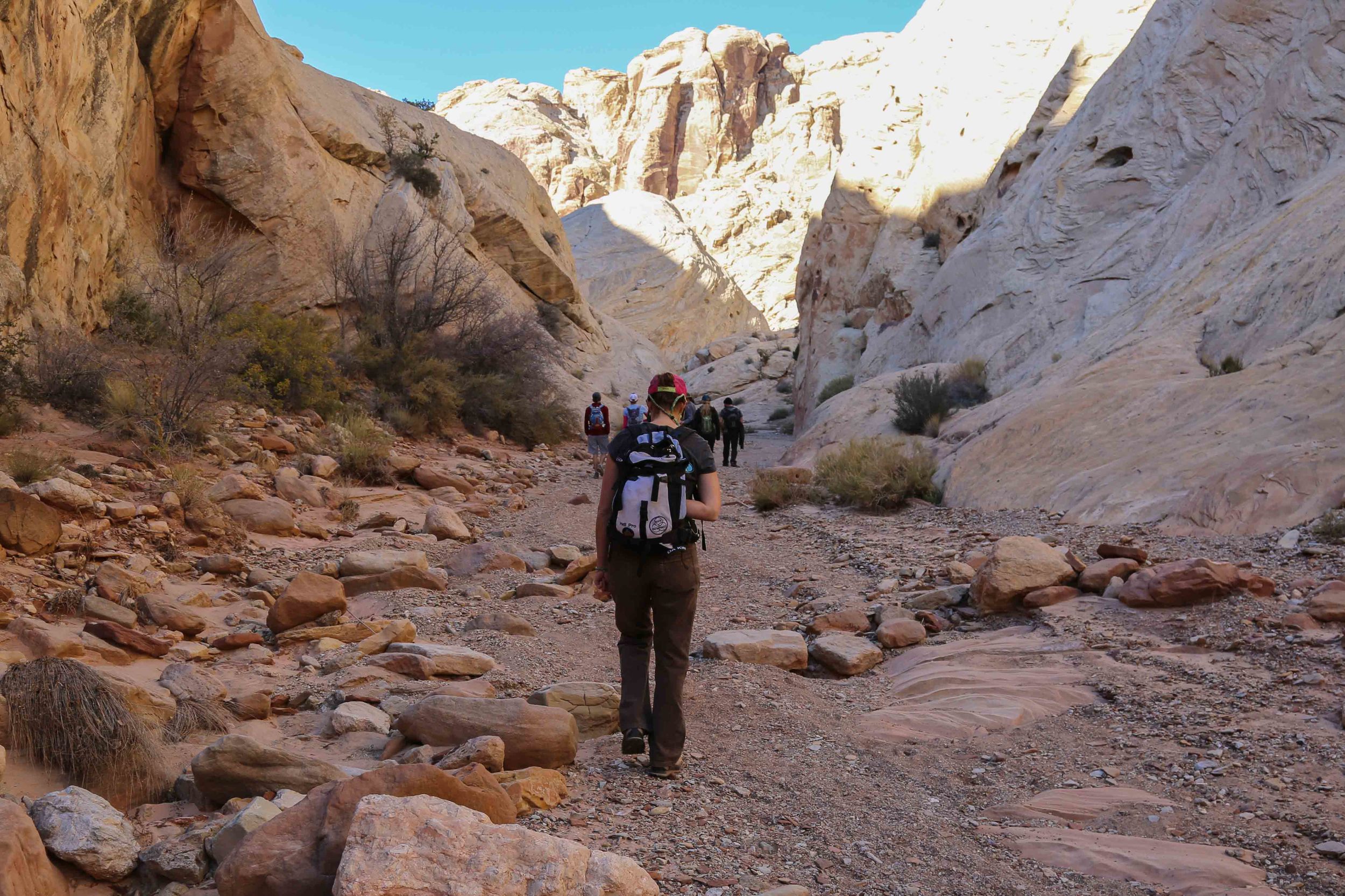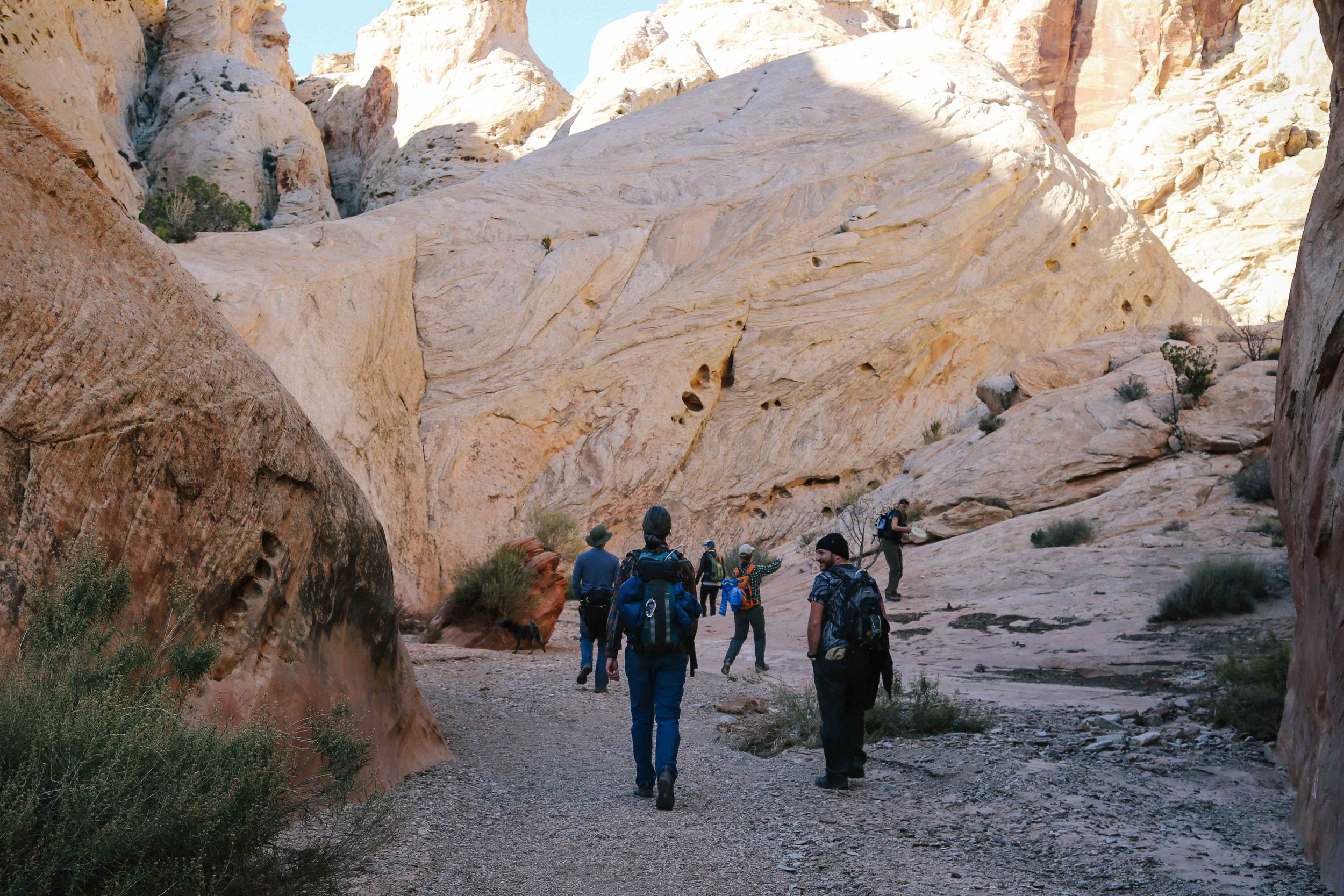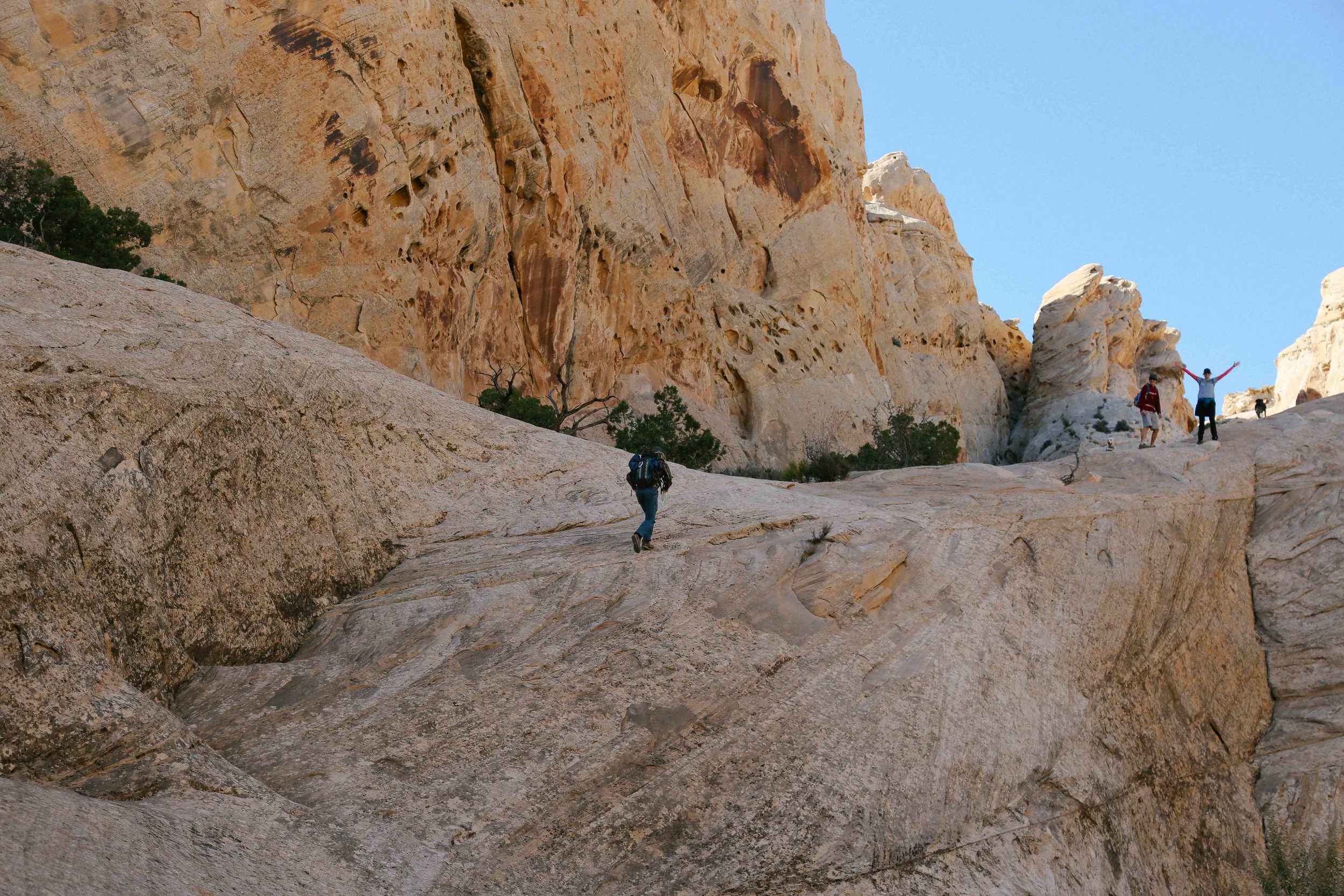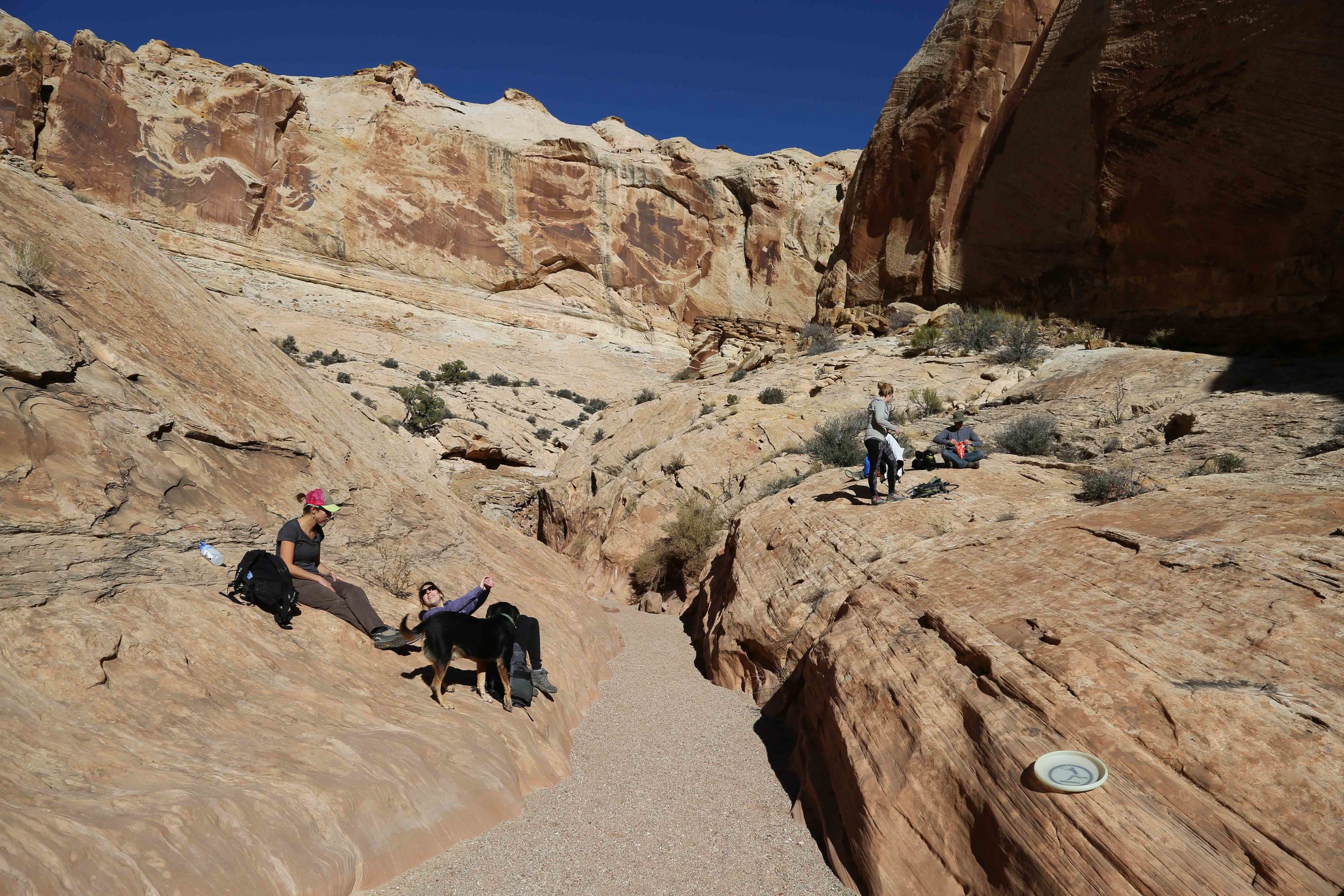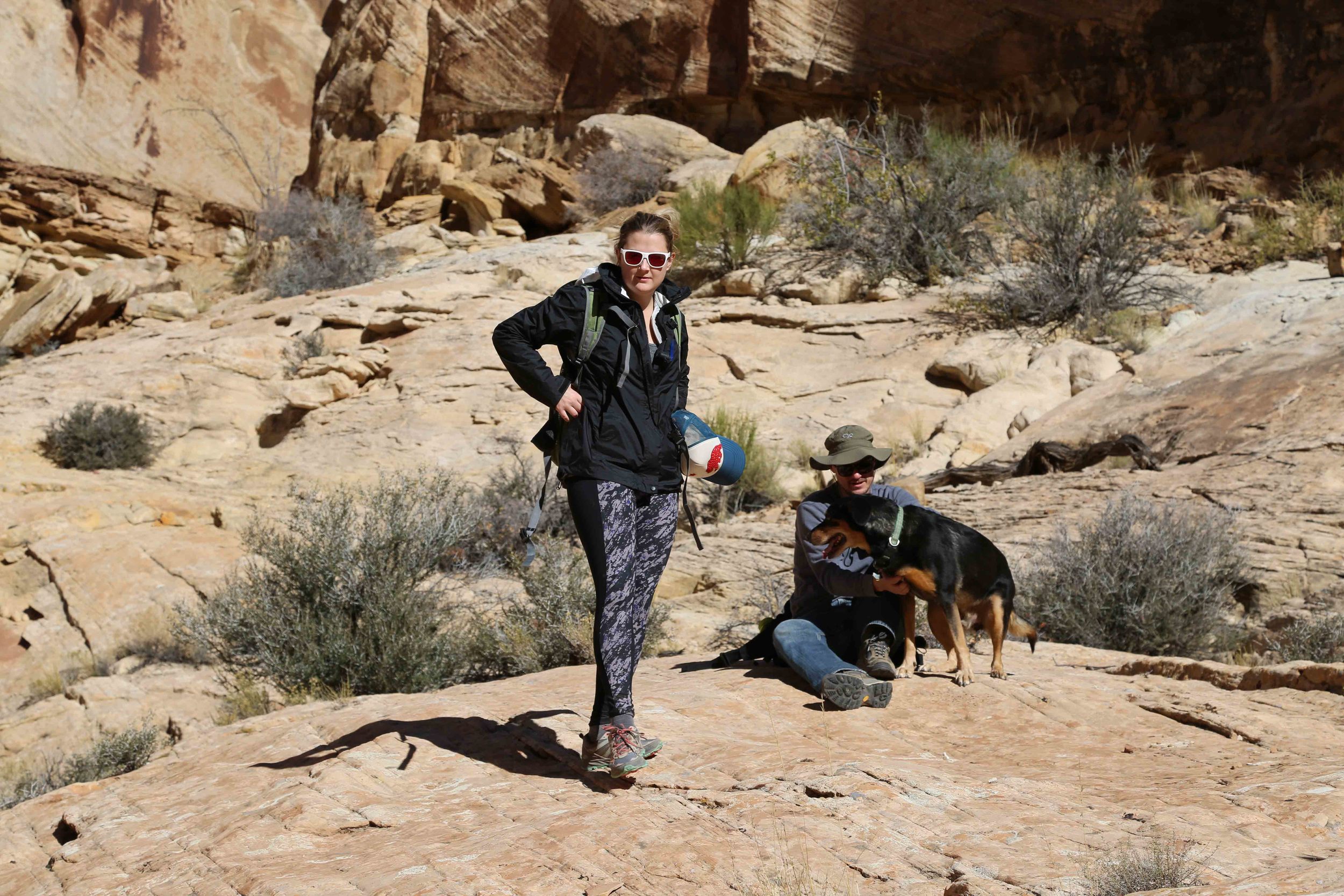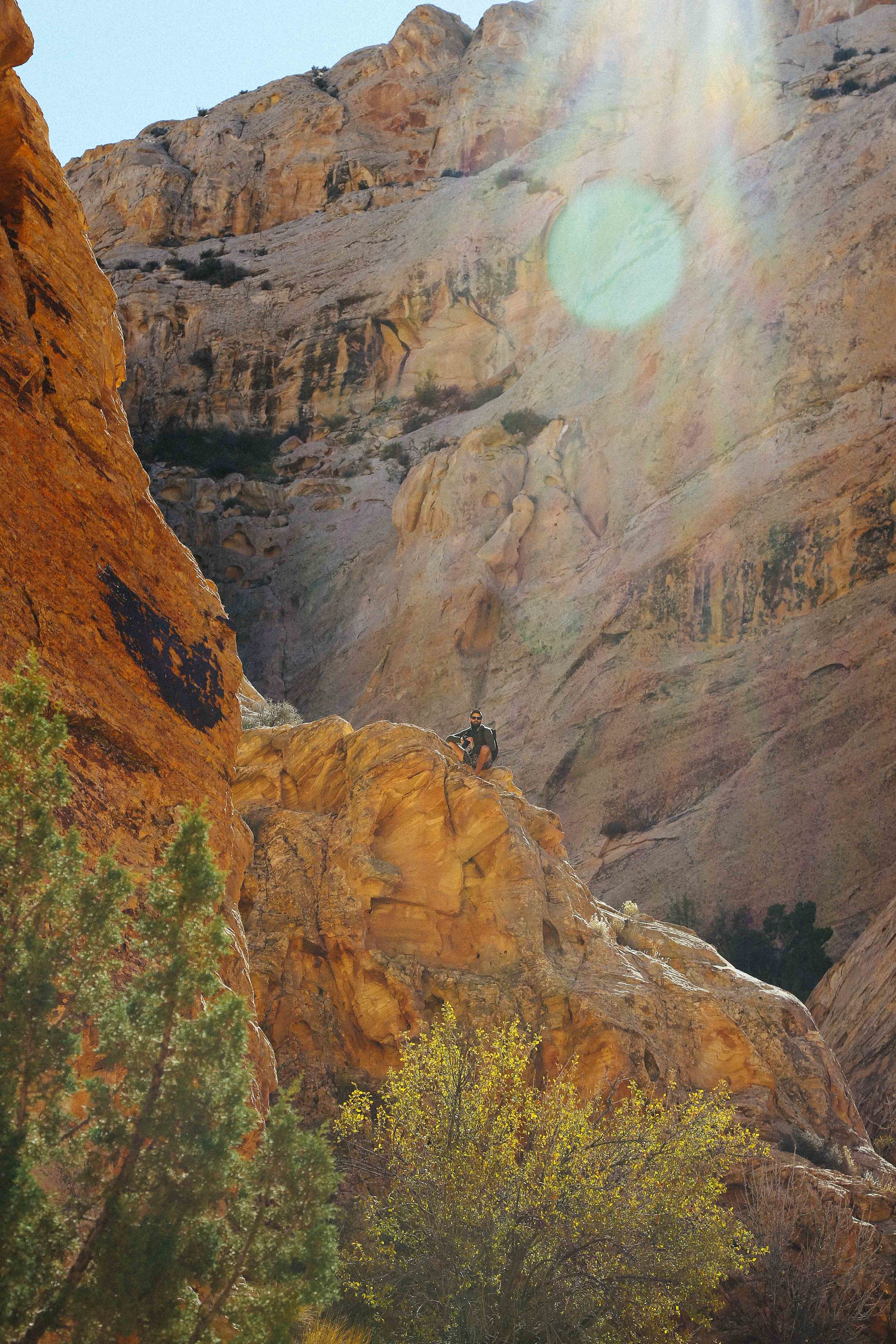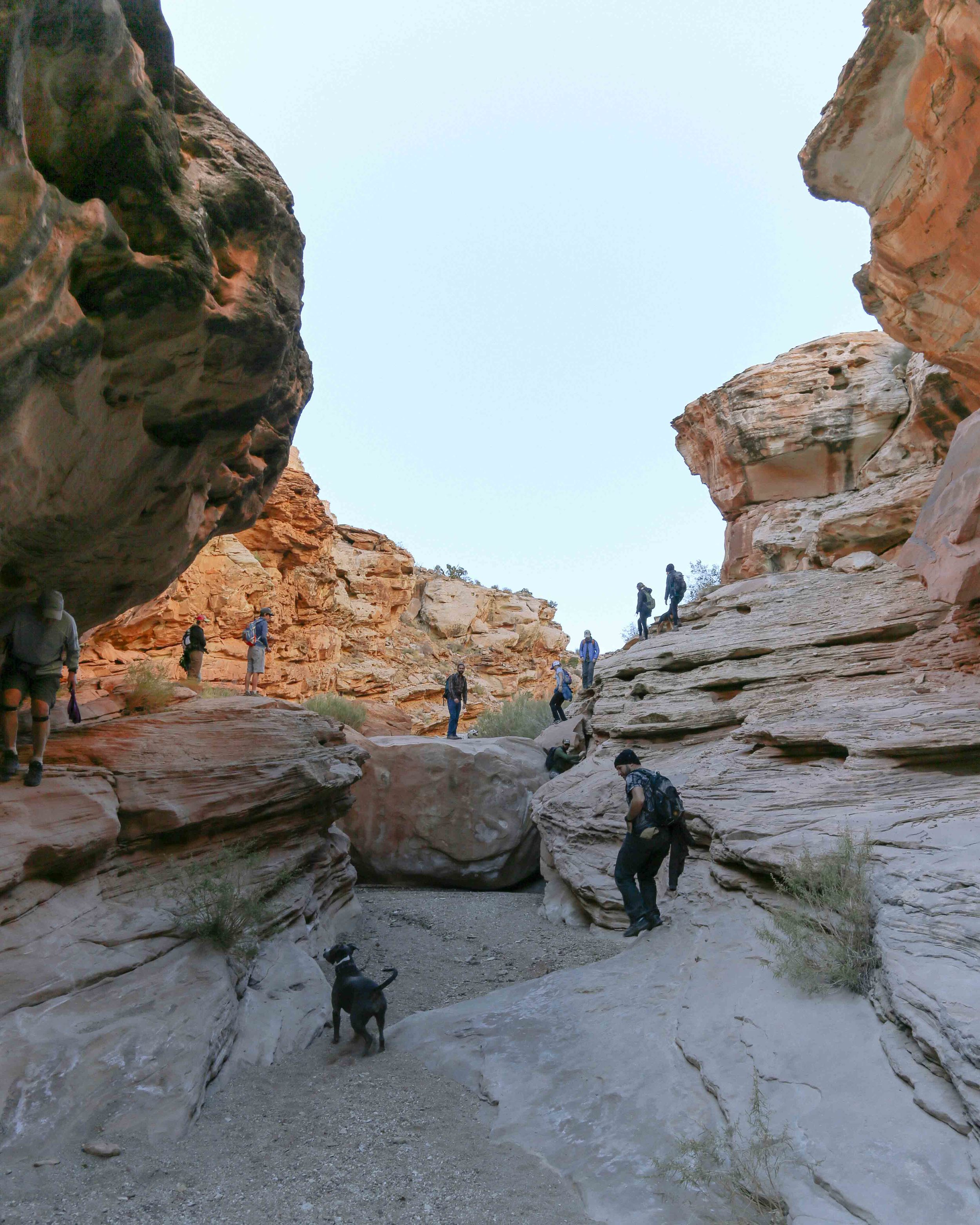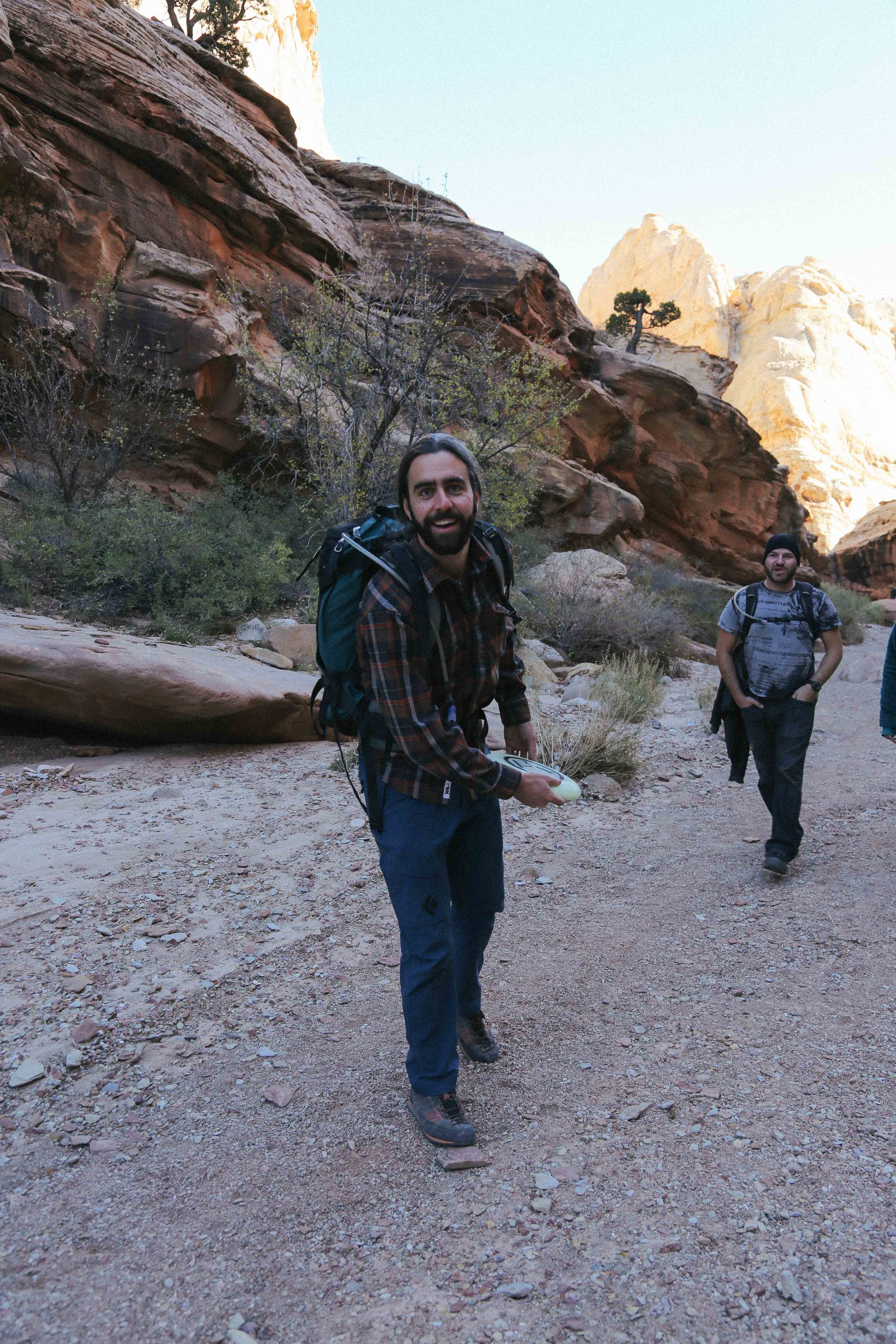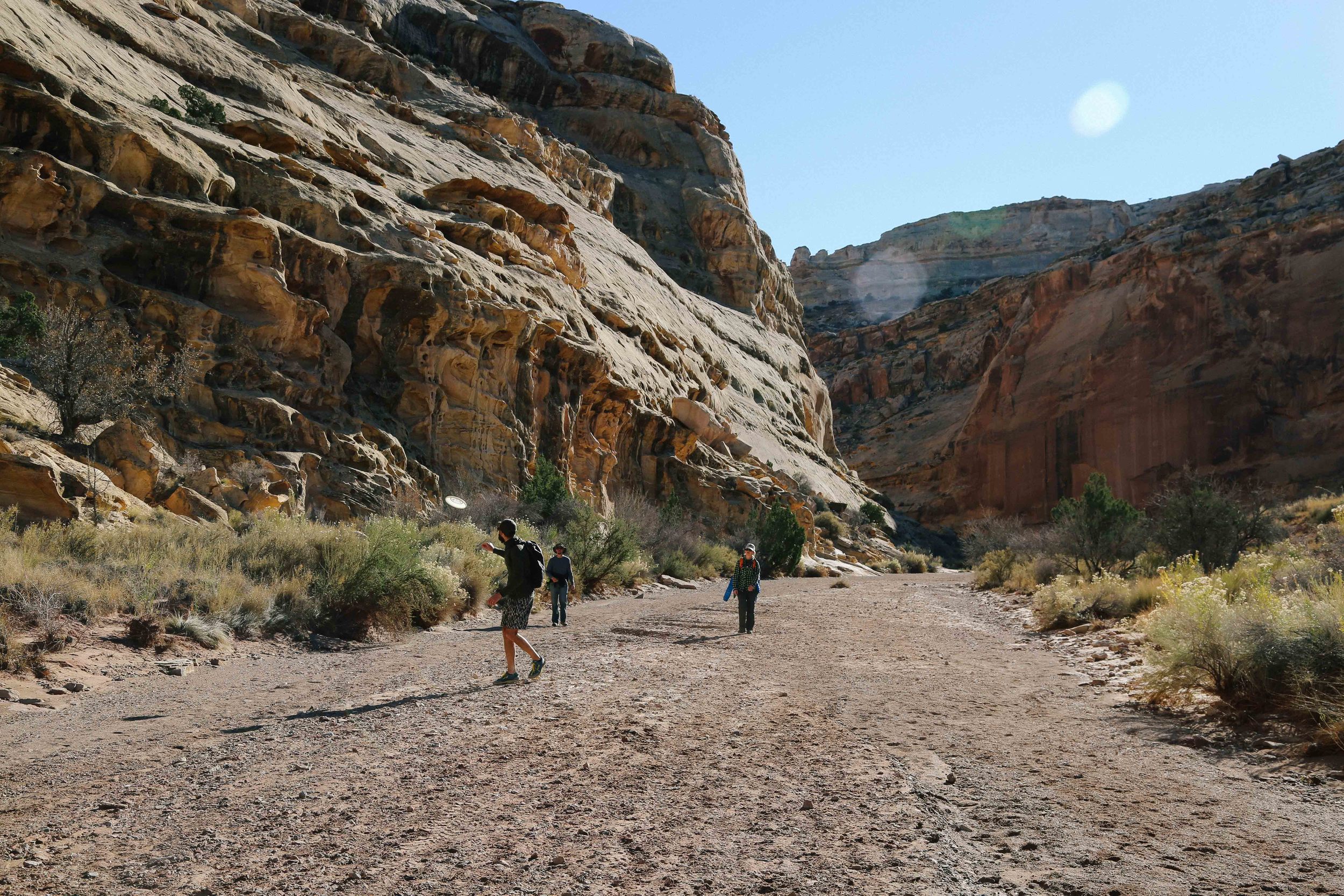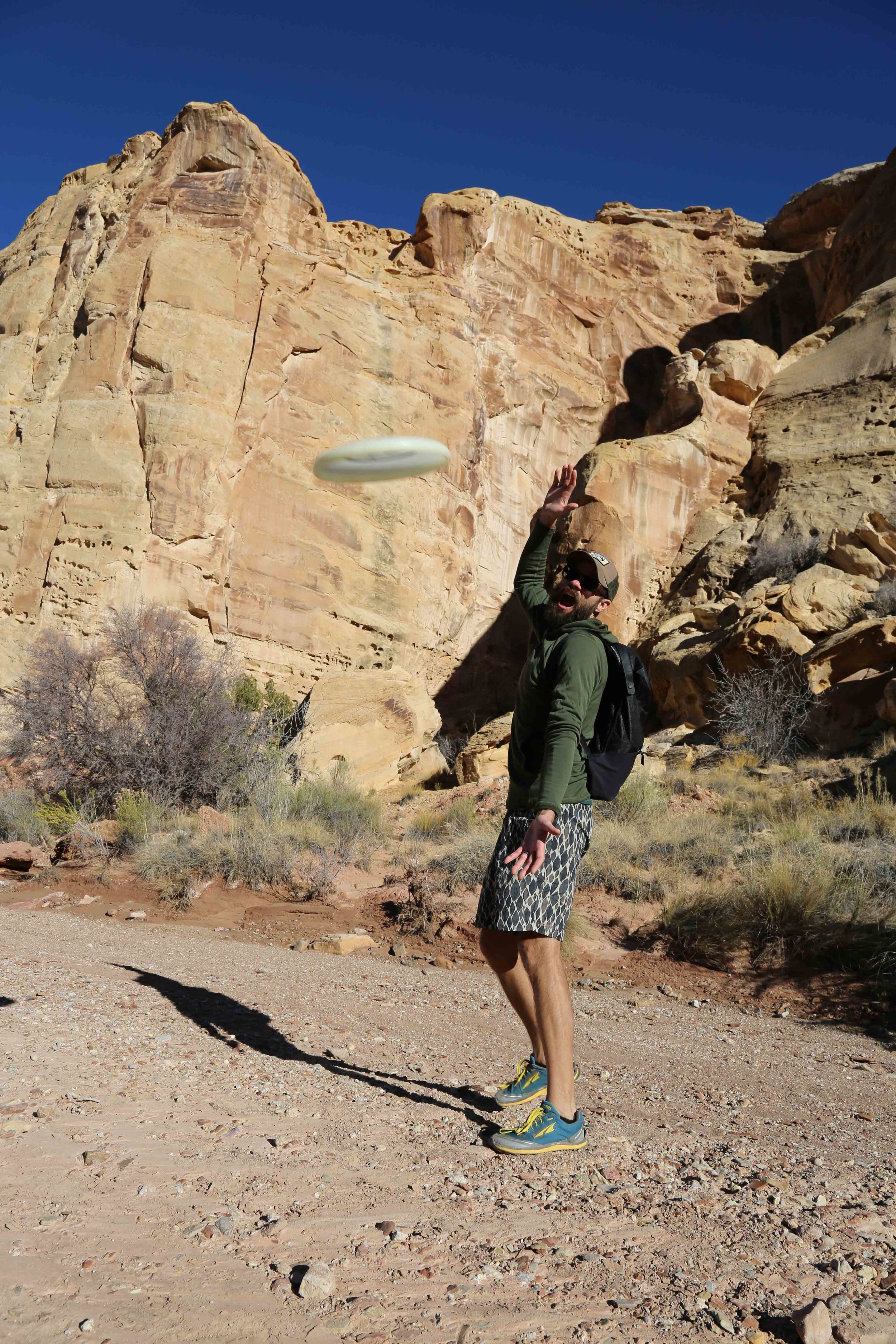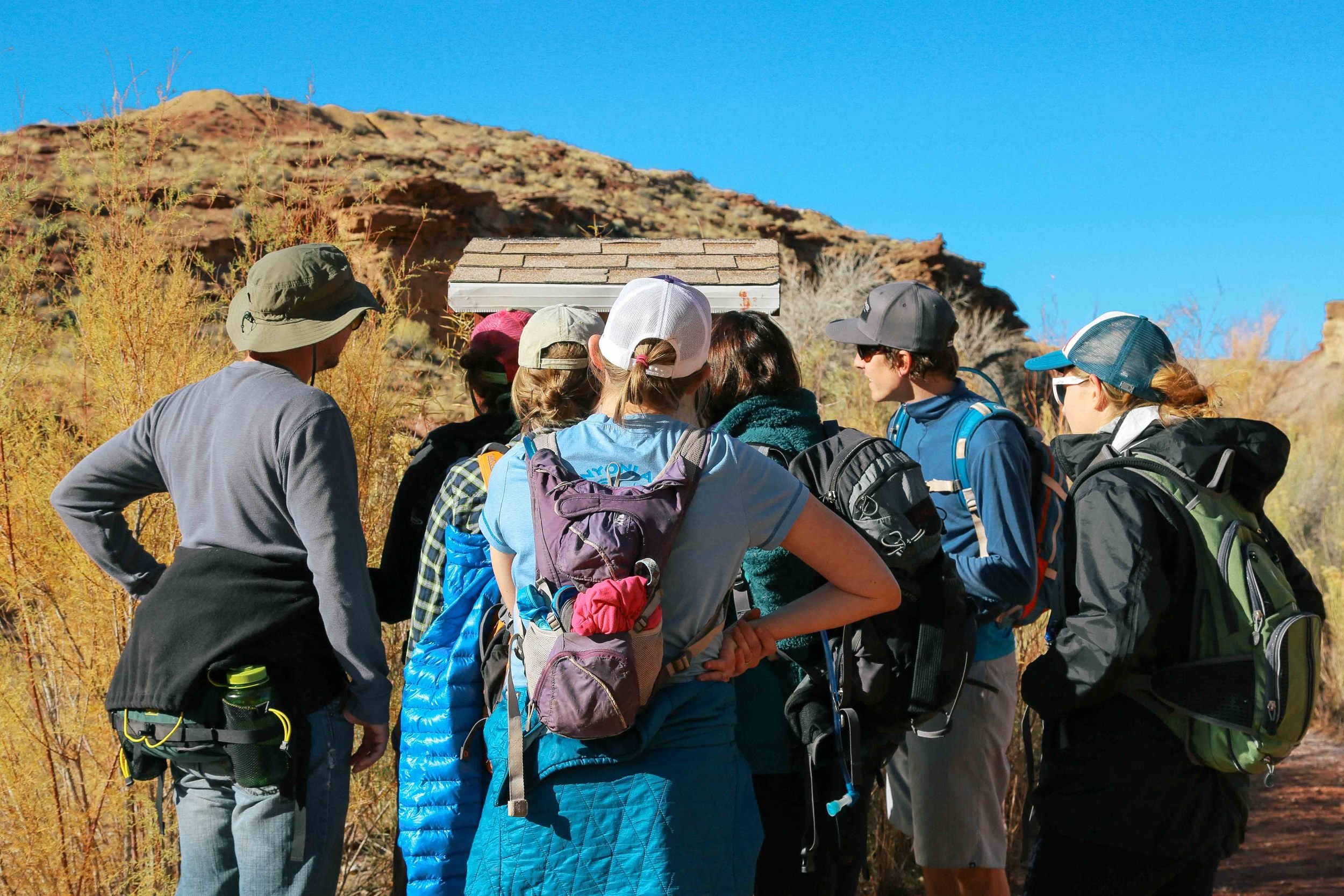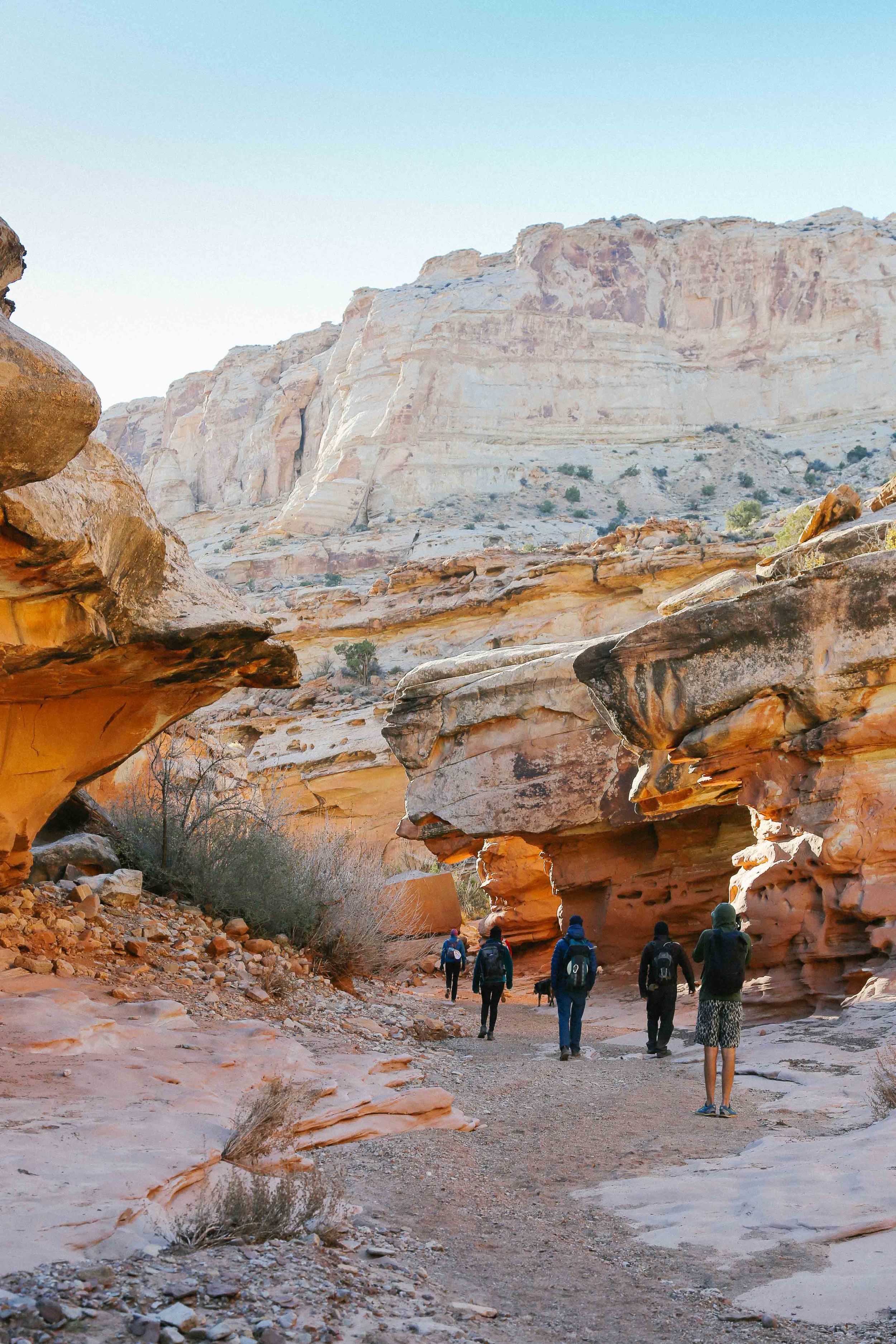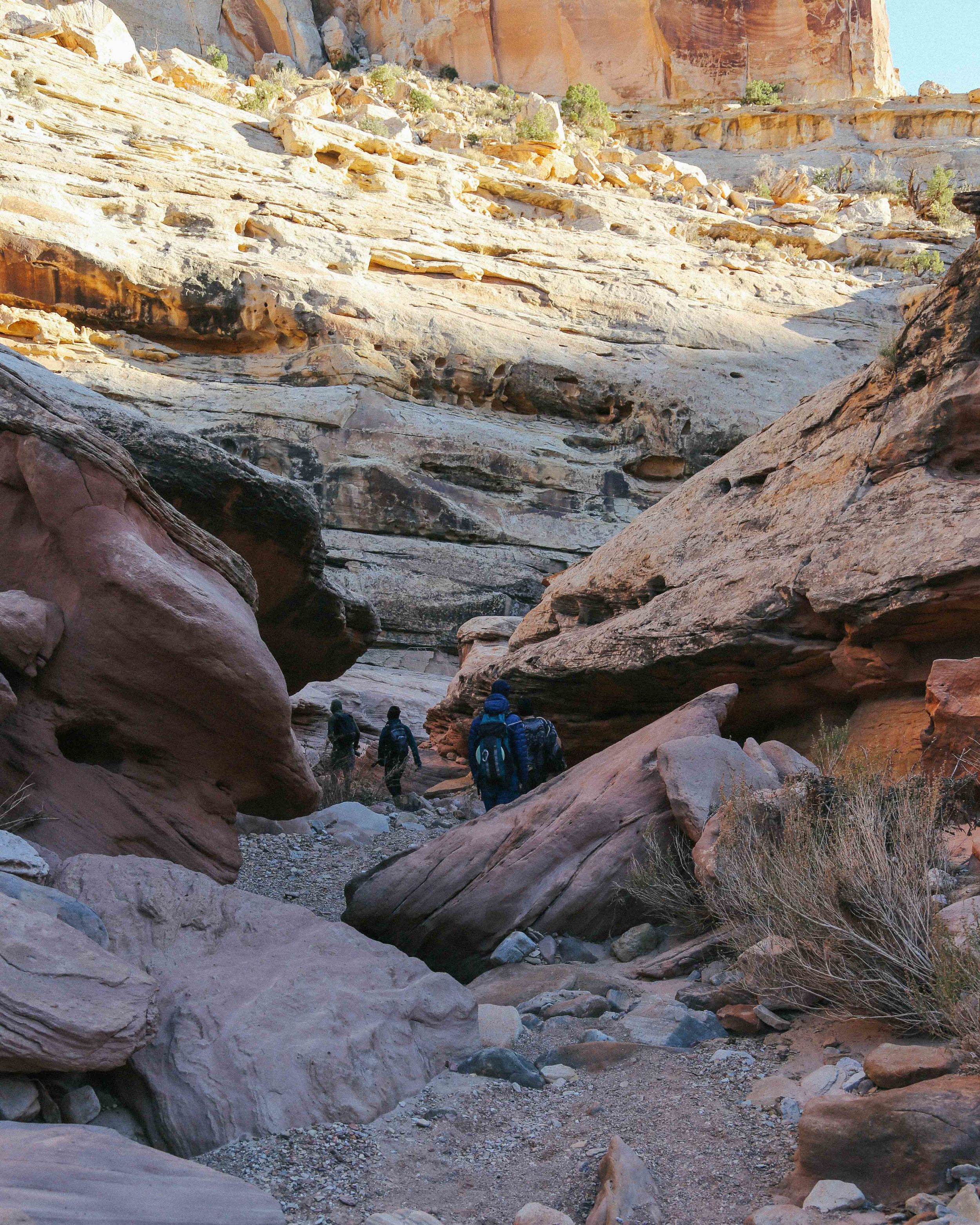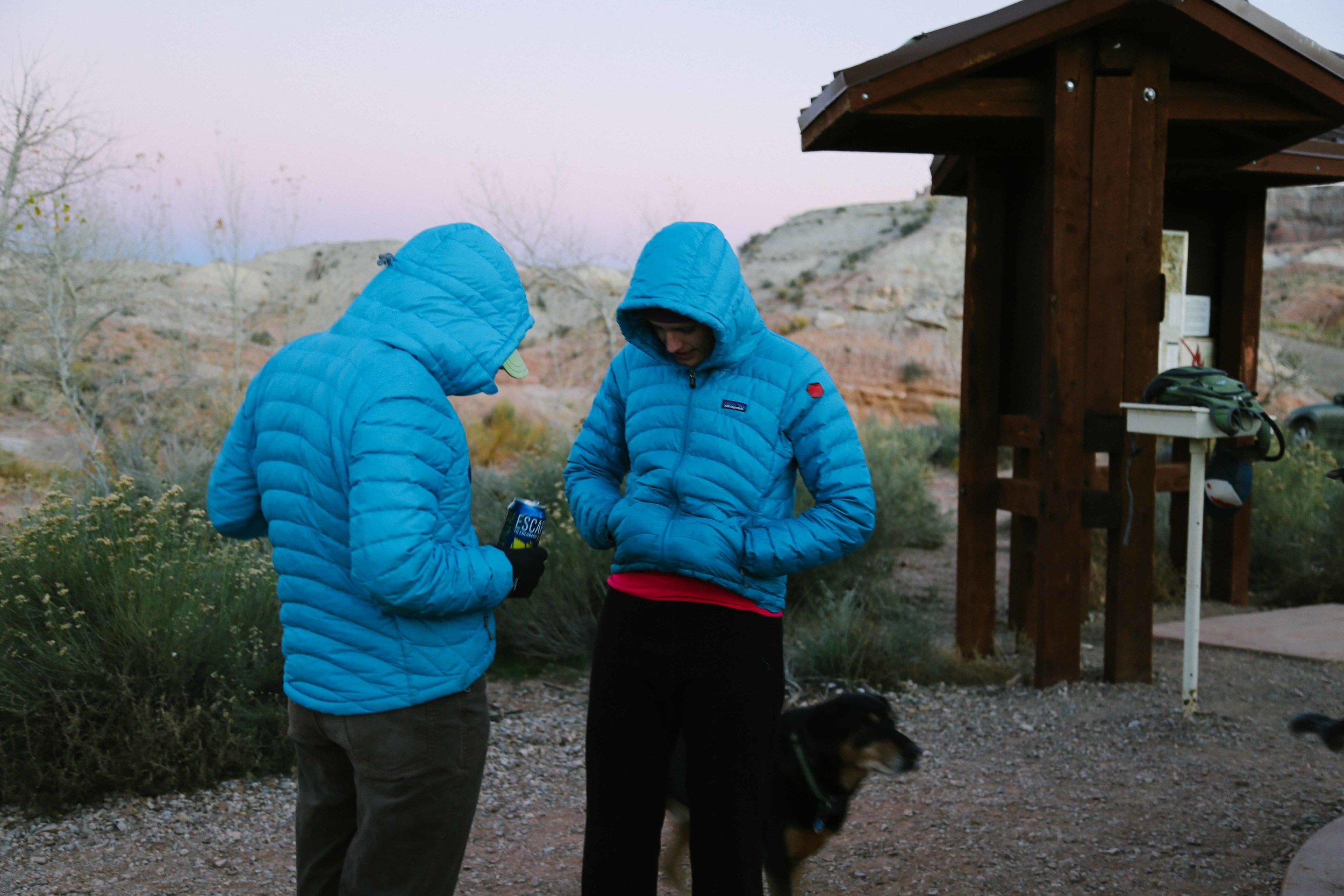One of my New Year's resolutions from like, 2012, was to get better at using up all of the odds and ends that accumulate in our fridge. For the most part, we've failed. We still fill up a little compost container with past-their-prime veggies/fruits/cheese ends/what have you every month or so.
But, had I known the recipe for building this skill was one part Richard saying "I want soup" and two parts us being too lazy to travel 2.5 blocks to the store, we might have cracked this fridge clean-out thing a loooong time ago.
I feel funny sometimes when I share these kinds of recipes with you because they aren't flashy or profound or beautifully styled. This is base-level practicality at its core. But geez, there is so much gorgeous food inspiration among the cookbooks and the Instagram and the Pinterest that I sometimes really need someone to slap me across the face and say "put down the pea shoots and make some goddamn food with what you goddamn have."
(I picture this someone as one (or both) of my economical depression-era grandmas, which makes me feel happy in spite of the slapping.)
I'm guessing your fridge looks different than my fridge, and since this is about making the most of what's available to you in the moment, you shouldn't feel constrained by amounts of things or by particular ingredients. An onion, some olive oil, an acid, and maybe a little meat will be enough to carry any veggies pretty far along, and you can even get away with using water if you don't have veggie/chicken/beef broth hanging out somewhere. This soup will not be French Laundry soup by any means but it will be inexpensive and healthy and nourishing and soul-satisfying and delicious.
Pretty much everything we need.
butter
olive oil
2 leeks, halved lengthwise, cut into 1/4-inch slices, and rinsed (white and light green parts only), OR 1 large onion, chopped
salt
1 bunch carrots (~5 carrots) (alternately, use parsnips/sweet potatoes/what have you), peeled and cut into 1/4-inch slices
3 cloves garlic, chopped
a few sprigs of thyme or 1 of rosemary
1/2 cup dry white wine
6 cups broth, water, or a mixture of broth and water
1 can chickpeas (alternately, use cannellini beans or other canned/cooked beans), drained and rinsed
1 cup ditalini (or other small) pasta (alternately, break up long pasta into small pieces)
1/2 bunch red Russian kale, chopped (alternately, other robust greens, chopped, or whole leaf baby spinach)
black pepper
zest and juice of 1/2 a lemon
(optional: cooked sausage, bacon, or shredded cooked chicken)
To serve: shaved parmesan, red pepper flakes, olive oil
In a pot set over medium-low heat, melt a small knob of butter (a tablespoon or so) and add a quick swig of olive oil. Add the leeks (or chopped onion) along with a pinch of salt and sauté, stirring frequently, until they become soft and translucent. Add the carrots and garlic and cook for 5 (adding more oil or butter if the vegetables are sticking to the pot) until the carrots are just beginning to soften.
Turn the heat up to medium and add the wine. Let the wine cook down until the pan is almost dry again, then add the water or broth. Bring the pot to a boil, add the chickpeas and pasta, and cook for 5 minutes. Lower the heat to maintain a brisk simmer, add the kale, and continue to cook until the greens have softened and the pasta is al dente. (If you are including leftover cooked meat in your soup, add it along with the kale.)
Taste the soup and season with more salt, a little pepper, and the lemon zest and juice. Serve immediately, with shaved parmesan, red pepper flakes, and olive oil on the side.
















